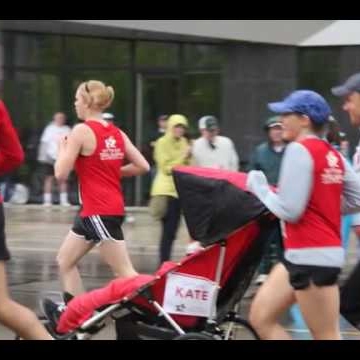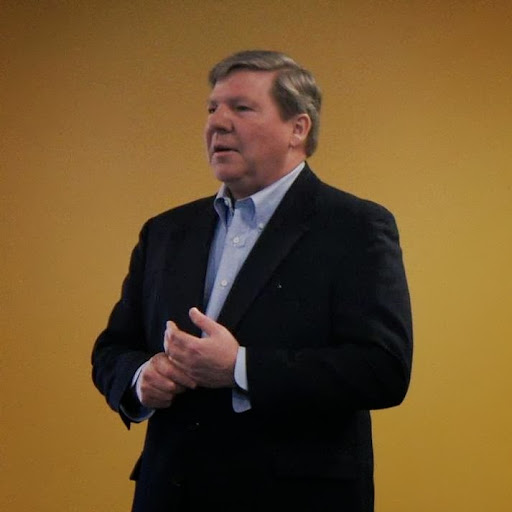Ronald R Robb
Deceased
from Whiting, NJ
Ronald Robb Phones & Addresses
- Whiting, NJ
- 495 Millbrook Ave, Randolph, NJ 07869 • 9733661941
- Dover, NJ
- 410 Merion Ave, Pine Beach, NJ 08741 • 7322405686
- Ocean, NJ
- 50 Lacey Rd STE B209, Whiting, NJ 08759 • 7329398948
Work
-
Position:Food Preparation and Serving Related Occupations
Education
-
Degree:High school graduate or higher
Resumes

Ronald Robb
view sourceSkills:
Licensed Master Electrician
Master Gas Fitter
Master Plumber
Alabama State License Heating and Air Conditioning Contractor
Master Gas Fitter
Master Plumber
Alabama State License Heating and Air Conditioning Contractor

Irrigation
view sourceWork:
Tmc Landscape
Irrigation
Irrigation

Ronald Robb
view sourceLocation:
United States
Us Patents
-
Improved Hollow Cast Products Such As Gas-Cooled Gas Turbine Engine Blades
view source -
US Patent:54981328, Mar 12, 1996
-
Filed:Oct 31, 1994
-
Appl. No.:8/331747
-
Inventors:Eugene J. Carozza - Wilton CT
Gregory R. Frank - Muskegon MI
Charles F. Caccavale - Wharton NJ
Ronald R. Robb - Randolph NJ -
Assignee:Howmet Corporation - Greenwich CT
-
International Classification:F01D 518
-
US Classification:416 97R
-
Abstract:A hollow cast product such as a gas-cooled gas turbine engine blade is formed using a composite core constructed by forming a first core part determinative of the cavity size of the trailing edge blade portion from a first ceramic material and joined to a second core part determinative of the blade cavity for the blade body portion which is formed from a second ceramic material. The first and second ceramic materials can be chosen to have appropriate characteristics grain sizes, flowability, leachability, and/or reactivity characteristics taking into consideration the different dimensional restrictions imposed by the desired blade product. A tongue is formed on the adjoining edge surface of the trailing edge core part, and the trailing edge core part is then inserted into a second die and the body core part is formed, including a complementary groove member which is formed around the tongue member on the trailing edge core part. The joined trailing edge and body core parts can then be sintered to form a composite casting core. Blade trailing edge slot thicknesses of about 0.
-
Multiple Part Cores For Investment Casting
view source -
US Patent:53949323, Mar 7, 1995
-
Filed:Feb 5, 1992
-
Appl. No.:7/831528
-
Inventors:Eugene J. Carozza - Wilton CT
Gregory R. Frank - Muskegon MI
Charles F. Caccavale - Wharton NJ
Ronald R. Robb - Randolph NJ -
Assignee:Howmet Corporation - Greenwich CT
-
International Classification:B22C 910
-
US Classification:164137
-
Abstract:A composite core for a hollow gas turbine engine blade is constructed by forming a first core part determinative of the cavity size of the trailing edge blade portion from a first ceramic material and joined to a second core part determinative of the blade cavity for the blade body portion which is formed from a second ceramic material. The first and second ceramic materials can be chosen to have appropriate characteristics grain sizes, flowability, leachability, and/or reactivity characteristics taking into consideration the different dimensional restrictions imposed by the desired blade product. A tongue is formed on the adjoining edge surface of the trailing edge core part, and the trailing edge core part is then inserted into a second die and the body core part is formed, including a complementary groove member which is formed around the tongue member on the trailing edge core part. The joined trailing edge and body core parts can then be sintered to form a composite casting core.
-
Ceramic Cores For Manufacturing Hollow Metal Castings
view source -
US Patent:41904508, Feb 26, 1980
-
Filed:Nov 17, 1976
-
Appl. No.:5/742593
-
Inventors:Ronald R. Robb - Dover NJ
Charles Yaker - Summit NJ
Lamar Burd - Andover NJ -
Assignee:Howmet Turbine Components Corporation - Muskegon MI
-
International Classification:B28B 734
-
US Classification:106 389
-
Abstract:Cores for use in the casting of hollow metal parts by directional solidification from temperatures which may exceed 2700. degree. F. , in which the strength, dimensional stability and shape of the core is maintained at such high temperatures by formulating the core to contain Cristobalite in an amount of at least 2. 5% by weight.
Googleplus

Ronald Robb

Ronald Robb

Ronald Robb
view source
Ronald Robb
view source
Ronald David Robb
view source
Ronald Biggz Robb
view sourceClassmates

Ronald Robb
view sourceSchools:
Mendota Township High School Mendota IL 1982-1986
Community:
Billie Phillips, Shari Bias, Sherry Hight, Justina Boyle, Amy Zolper, Melissa Hensley, Tracy Furr, Katherine Johnson, Barb Askey, Theresa Wright, Laurie Dalton

Ron Robb, Redlands High S...
view source
Mendota Township High Sch...
view sourceGraduates:
Ronald Robb (1982-1986),
Theresa Wright (1979-1983),
Kristina Lizon (1992-1996),
Patsy Gillette (1960-1964),
Cris Eichmeier (1972-1976),
Just Intime (1976-1980)
Theresa Wright (1979-1983),
Kristina Lizon (1992-1996),
Patsy Gillette (1960-1964),
Cris Eichmeier (1972-1976),
Just Intime (1976-1980)

West Middlesex Junior-Sen...
view sourceGraduates:
Ron Robb (1955-1959),
Elizabeth Opalenik (1961-1965),
Julie Erb (1961-1965),
Tom Snyder (1982-1986),
Jane Williams (1975-1979),
Melissa Powell (1982-1986)
Elizabeth Opalenik (1961-1965),
Julie Erb (1961-1965),
Tom Snyder (1982-1986),
Jane Williams (1975-1979),
Melissa Powell (1982-1986)
Youtube
Myspace
Flickr
Get Report for Ronald R Robb from Whiting, NJDeceased








